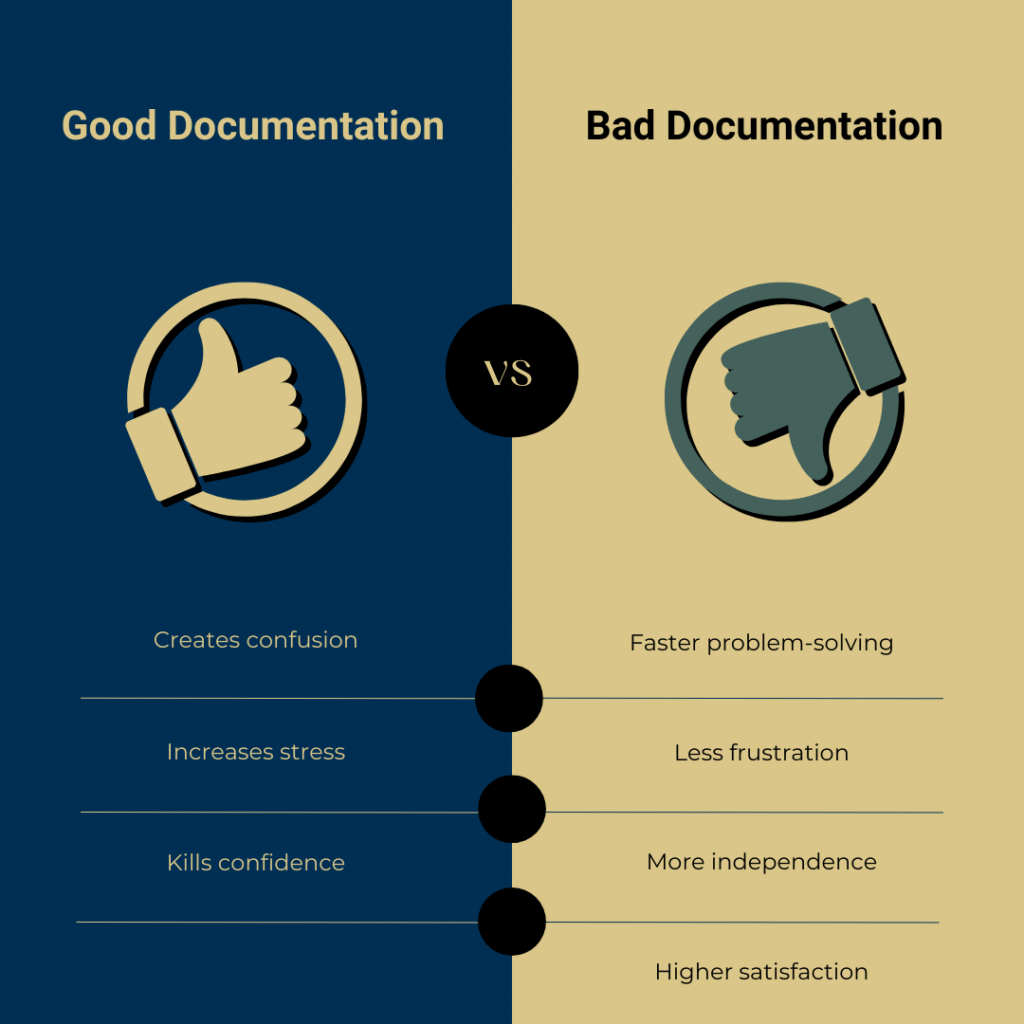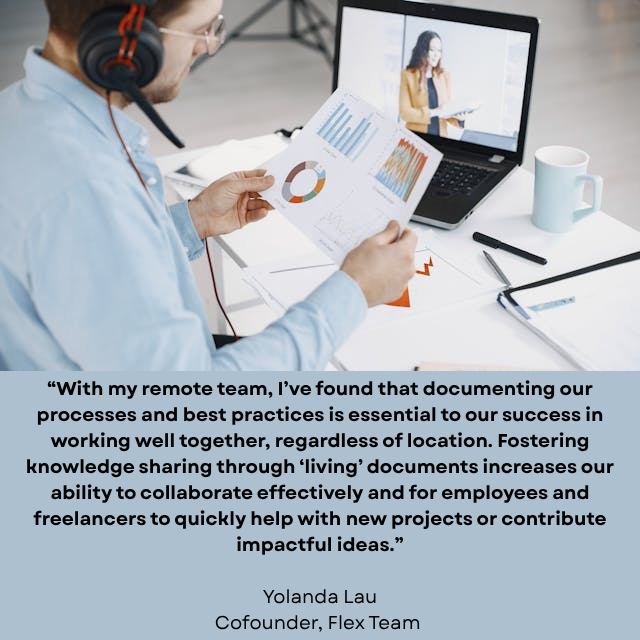- +1 (267) 368-7090
- contact@matcgroup.com
-
53 Knightsbridge Rd,
STE 216
Piscataway, NJ 08854.
If you’ve ever watched an employee spend twenty minutes clicking through a company intranet just to find a three-sentence procedure, you’ve seen motivation evaporate in real time. Frustration grows, productivity drops, and suddenly that highly skilled hire is muttering things under their breath that HR would rather not document.
So, what’s happening here? It’s not a lack of talent or dedication, but a failure in knowledge support. The science of motivation tells us that people are more engaged when they feel competent, supported, and in control of their work. Consider this: Gallup estimated that replacing an employee can cost from 40% to 200% of that worker’s salary, depending on their role. Employee motivation and engagement affects your bottom line, and clear documentation and accessible learning resources can either fuel that engagement or quietly sabotage it.
Motivation isn’t just about free pizza on Fridays or inspirational posters with mountain landscapes. Psychologists have studied it for decades, and one key finding is that motivation thrives when three needs are met:
Documentation and training primarily feed the “competence” piece. When employees know where to find answers, they feel smarter and more capable. When they don’t, they feel stuck. Nobody is motivated to keep trying when the tools make them feel like they’re failing.
When it comes to motivation, documentation can be either a secret weapon or a silent killer. The difference between clear, supportive resources and confusing, outdated ones is huge—one empowers employees to thrive, the other drains their energy before they even get started.

Think about a poorly written manual or an outdated FAQ. Instead of clarifying tasks, it:
At that point, disengagement isn’t just likely—it’s inevitable.
On the flip side, clear, well-organized content acts like rocket fuel for motivation. Here’s why:
Good documentation reduces headaches and creates small wins throughout the day that add up to sustained engagement.
Beyond static documentation, learning resources like quick videos, microlearning modules, and searchable knowledge bases can reinforce motivation. Employees don’t need a three-hour training for every new feature; sometimes they just need a two-minute clip or a one-page guide. Making these resources easy to find and easy to use ensures that motivation isn’t buried under a pile of unnecessary information.

Employee motivation isn’t driven only by bonuses or team-building retreats. It’s shaped by the everyday experience of work—how easy it is to find answers, how quickly problems get solved, and how confident people feel in their abilities. Clear documentation and effective learning resources may not have the glamour of a flashy perk, but they’re what truly keep motivation alive.
So, the next time you’re wondering how to improve employee engagement, start with your documentation. After all, no one ever said, “I feel more motivated after spending an hour trying to find that one PDF.”
How Documentation Anchors Distributed Teams (and Keeps Us from Drifting Into Chaos)
Embedding Company Values in Training and Documentation: Why It Matters
Burnout, Meet Your Match: How Knowledge Management Keeps Teams Sane
Lau, Yolanda. “Remote Work: Creating A Documentation-First Culture.” Forbes. 6/23/21. Accessed 7/10/25. https://www.forbes.com/councils/forbeshumanresourcescouncil/2021/06/23/remote-work-creating-a-documentation-first-culture
Tatel, Corey and Ben Wigert. “42% of Employee Turnover Is Preventable but Often Ignored.” Gallup. 7/9/24. Accessed 8/18/25. https://www.gallup.com/workplace/646538/employee-turnover-preventable-often-ignored.aspx